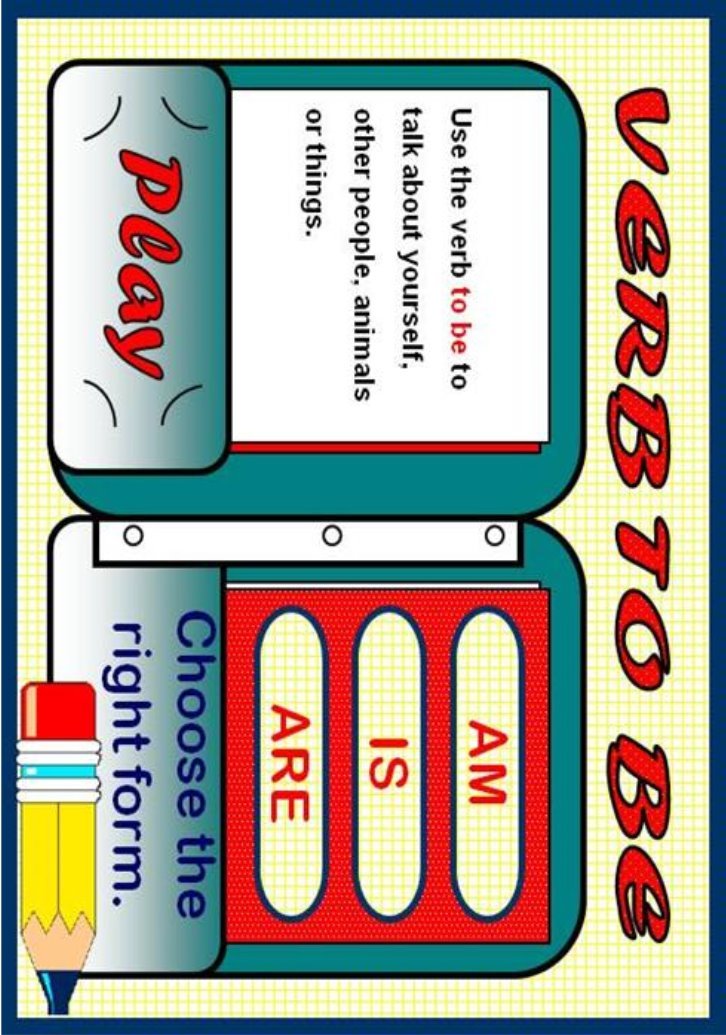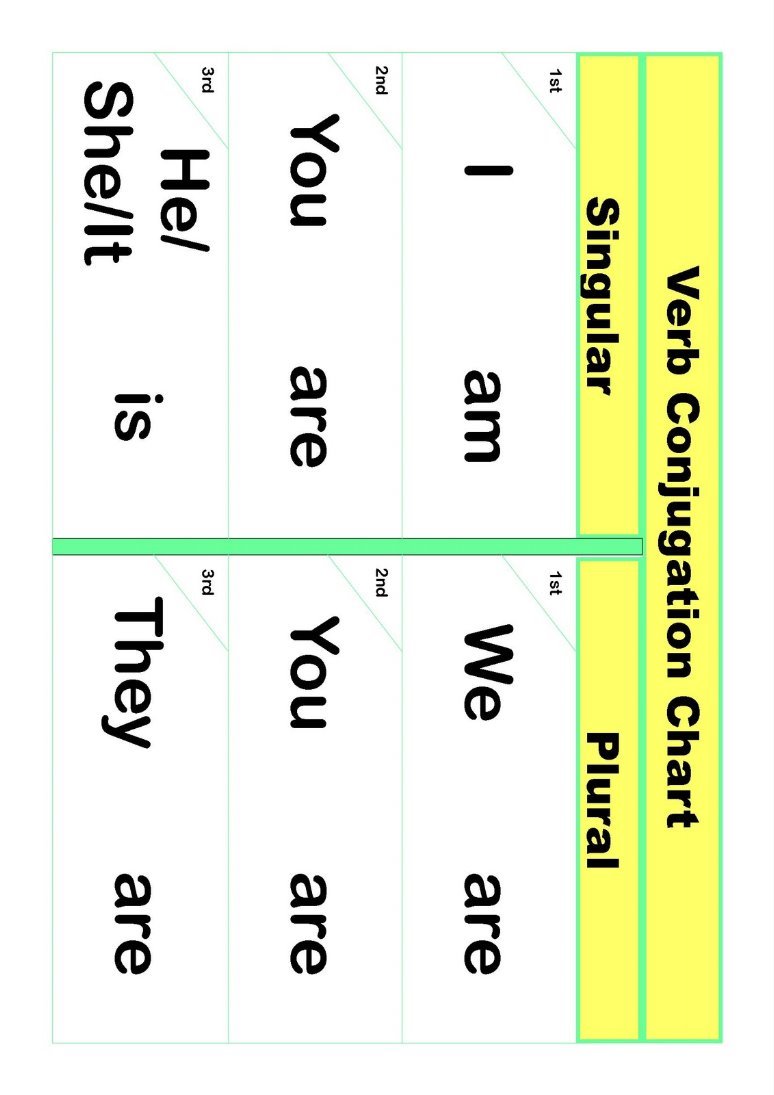Конспект уроку "Важливість іноземної мови. Дієслово to be: am, is, are. (ст.50-51)".
THE PLAN OF THE LESSON
№ 18 О. КАРПЮК __5__ form
Aim: Важливість іноземної мови. Дієслово to be: am, is, are. (ст.50-51)
Objectives: Ввести нові ЛО теми.
Практикувати учнів у розрізнені «частин мови».
Перевірити рівень засвоєння: ступені порівняння прикметників та котра година.
Практикувати учнів у вживанні дієслова to be: am, is, are.
Розвивати комунікативні вміння учнів.
Вчити ввічливості, дисциплінованості, поваги до культури.
Teaching aids and teaching materials: Підручник, робочий зошит, роздруківки «Ступені порівняння прикметників», дієслова to be: am, is, are.
The procedure of the lesson:
- Підготовка до сприйняття іншомовного мовлення
1.Aim
- T: Good morning, dear pupils. Take your seats. I’m glad to see you. How are you today? Is anybody absent? Thank you. Well, let’s start our lesson. We have a lot of work to do. We are going to revise the grammatical material about Degrees of Comparison of Adjectives. Our topic today is «Keeping the vocabulary». We'll revise the vocabulary on the topic – school subjects, personal and possessive pronouns, numerals and learn some new words. We’ll check how good are you in speaking “What time is it?”
2.Warm-up
Прослуховування і виконання завдань аудіо запису «Adjectives».
3.Analyzing the tests
- Last time you wrote the test. Your marks are…
- Основна частина уроку
1.Reading
Ex. 1, p. 50
1)Pre-Reading Activity.
WB.Ex. 2, p. 22 – Complete the crossword. Use the words from the box.
2)Reading.
Ex.1, p.50 – Read about some British children and match the words in columns to make true sentences.
Учні ланцюжком читають текст по 3 речення і перекладають його рідною мовою.
3)Post-Reading Activity.
Ex.2, p. 51 – Read again and complete with the children’s names.
Ex.3, p. 51 – Work in pairs. Ask and answer.
2. Grammar lab
Дієслово to be: am, is, are.
1)пояснення
To be означає «бути». Точніше, це be означає «бути», а частка to вказує на те, що перед нами неозначена форма дієслова або, інфінітив, тобто дієслово, яке відповідає на питання «що робити?». В українській мові інфінітив закінчується на «-ти», а в англійській - починається з to: to love (любити), to live (жити), to do (робити), to read (читати).
Тепер, прояснивши ситуацію, повернемося до дієслова to be (бути). У будь-якій мові це дієслово є одним із найстаріших, одних з перших, і багато його форм в різних мовах перегукуються – у тому числі, в англійській та українській. Ось, наприклад, теперішній час:
I am (я є)
He is (він є)
She is (вона є)
It is (воно є)
You are (ти/ви є)
We are (ми є)
They are (вони є)
Дуже часто, особливо у розмовній мові, am, is,are повністю не пишуться і не вимовляються, а скорочуються з допомогою знаку «’»: I am = I’m, he is = he’s, they are = they’re
2)Ex. 2, p. 40 – Match and think of more examples.
Ex. 3a, p. 40 – Look at the pages from Olha’s and Ihor’s vocabulary books and compare them.
Ex. 3b, p. 40 – Answer the questions.
3. Writing
Adjectives. Degrees of comparison of adjectives. (на роздруковках)
1.Fill in the table
|
1 |
boring |
|
|
|
2 |
|
colder |
|
|
3 |
interesting |
|
|
|
4 |
|
|
the best |
|
5 |
|
|
the worst |
|
6 |
fat |
|
|
2)робота в зошиті
WB.Ex. 3, p. 23 – Complete the sentences. Use the words from the crossword.
WB.Ex. 4, p. 23 – Write about your family and friends.
III.Заключна частина уроку
1.Homework
WB.Ex.1, p. 22, words from the WB.Ex. 2, p. 22.
2.Summarizing
Бесіда в режимі T-Р1-Р2-Р3.
Т: What did we do at the lesson today?
What time is it now?
What text have you read?
What is your favourite subject?
What task did you like the most?
We’ll have a test for the next time! Prepare to it, please.
All of you were active today, so your marks are…
Thank you for the lesson!
Good-bye!






про публікацію авторської розробки
Додати розробку
